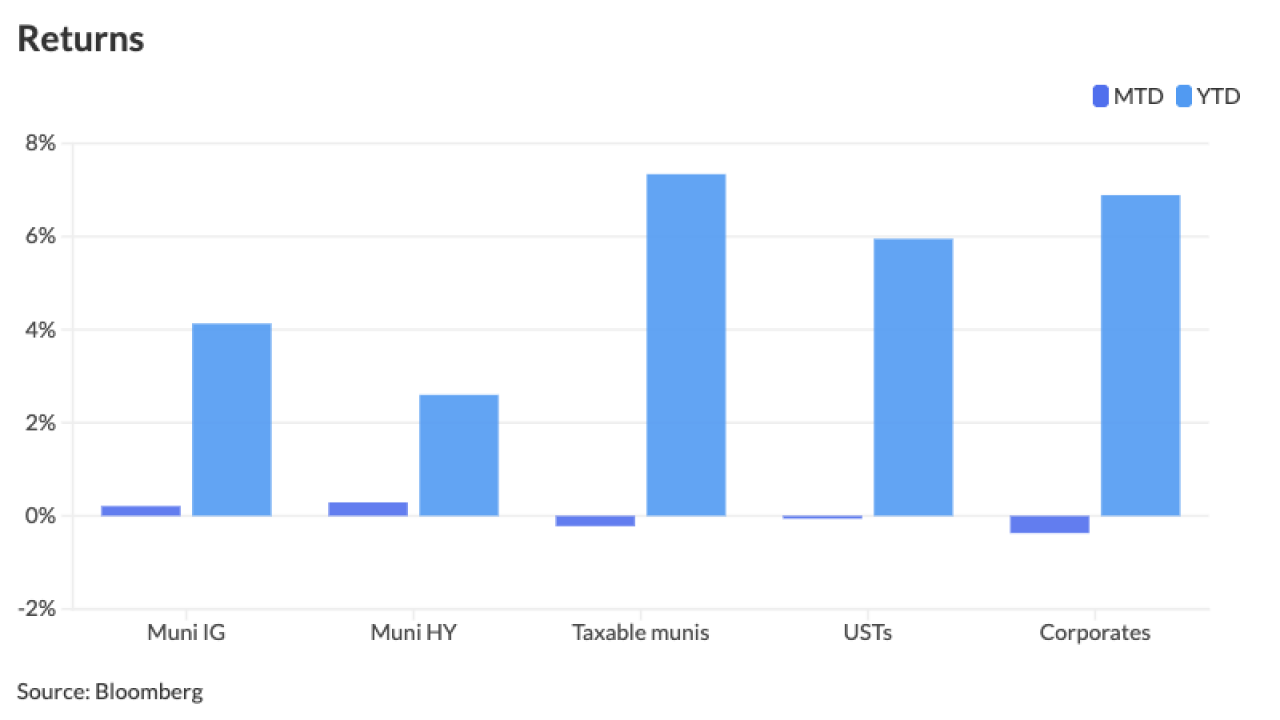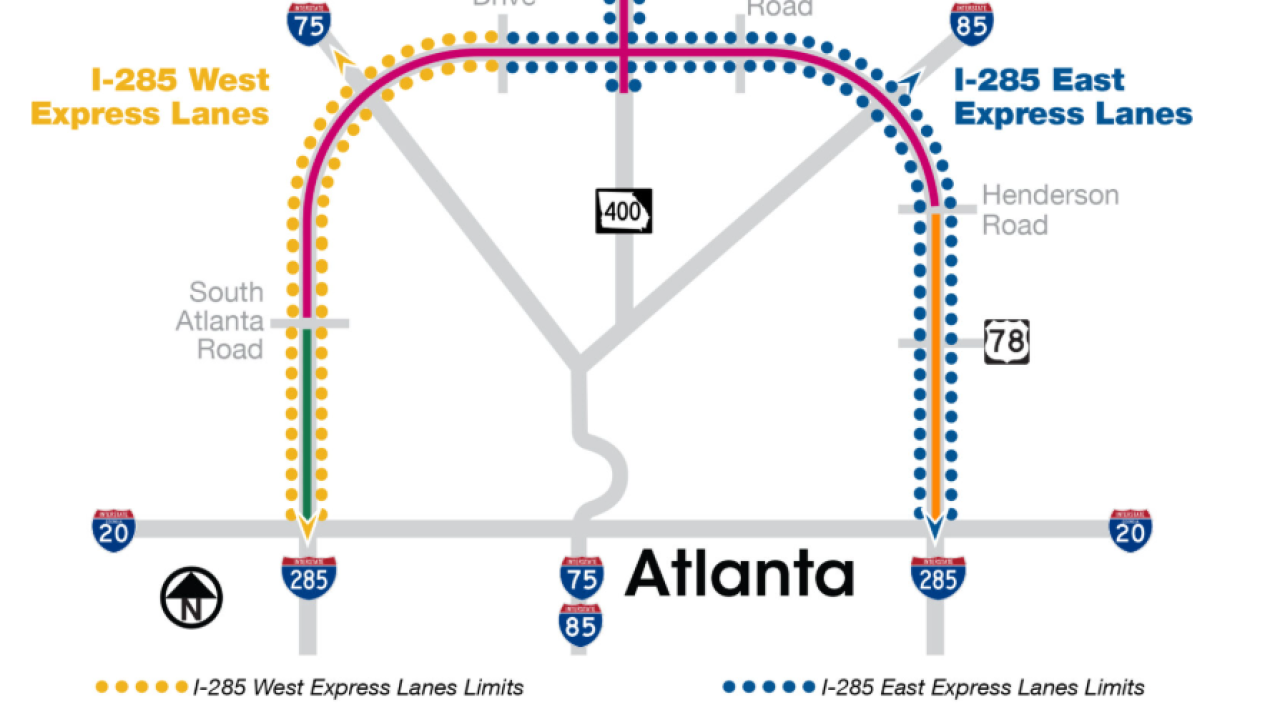DALLAS – Oklahoma’s top state income tax rate will drop to 5% in 2015 from the current 5.25% under a compromise plan agreed to Tuesday by Gov. Mary Fallin and legislative leaders.
The top rate would drop to 4.85% at the beginning of 2016 if revenue targets are met.
The three-part accord endorsed by Fallin, House Speaker T.W. Shannon, and Senate President pro tem Brian Bingman includes a pay-as-you go infrastructure effort aimed at reducing the need for state bond issues. The third provision affects the state’s workers compensation program.
“Delivering a responsible, meaningful tax cut will boost our economy and help us to create more jobs and bring more businesses to Oklahoma,” Fallin said. ”Our long-term infrastructure improvement plan will ensure we are maintaining and improving state assets, rather than watching them deteriorate.”
The revised tax policy resolves differences between House Bill 2032, which would have implemented the lower rate in 2014 and passed the House with Fallin’s supported, and the Senate version, which delayed a new top rate of 4.95% until 2015. The Senate measure also included the elimination of five tax credits, which is not included in the compromise bill.
The agreements on tax policy and infrastructure renewal will allow lawmakers to concentrate on completing the $7 billion general fund budget for fiscal 2014, Bingman said. The 2013 Legislature is set to recess June 1.
The amended HB 2032 passed the Senate on Wednesday by a vote of 32-14.
Lowering the top income tax rate to 5% is expected to reduce revenues by $130 million in its first full year. Revenue would drop by $237 million a year after the top rate is lowered to 4.85%, budget analysts said.
Republicans control the state legislature and the governor’s office in Oklahoma.
Reducing state revenues is not a solution to Oklahoma’s problems, the Oklahoma Policy Institute said.
“Since 2008, Oklahoma public schools have endured the third largest budget cuts in the nation,” the liberal-leaning nonpartisan policy group said in a statement issued after the state officials announced their agreement. “In this situation, it’s not the time for more tax cuts that would do little to help average Oklahomans, take $237 million from schools and other core services, and make Oklahoma more vulnerable to an energy bust or economic downturn.”
The revenue realized by delaying the rate cut for a year will allow Oklahoma to repair its deteriorating capitol building in Oklahoma City without using bond proceeds, Fallin said.
Repairs will be funded by allocating $60 million to the project in fiscal 2014, she said, and another $60 million in fiscal 2015.
The capitol repairs will be the first task of the long-range capital planning commission created by House Bill 1910. When that is completed, the commission will develop an eight-year plan to resolve maintenance issues at state buildings.
Shannon, who sponsored the infrastructure measure, said the renewal program would be funded through the sale of surplus state property.
“We will not go down the same path of Washington, D.C., by continuing an endless cycle of taxing, spending, and borrowing against the future of our children,” he said.





